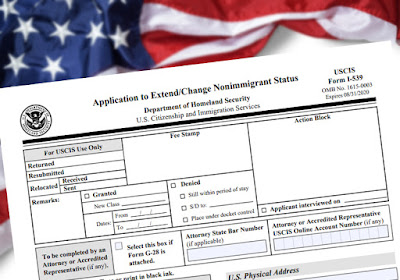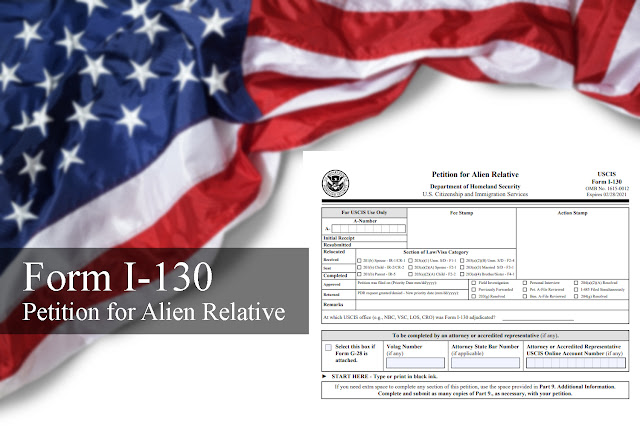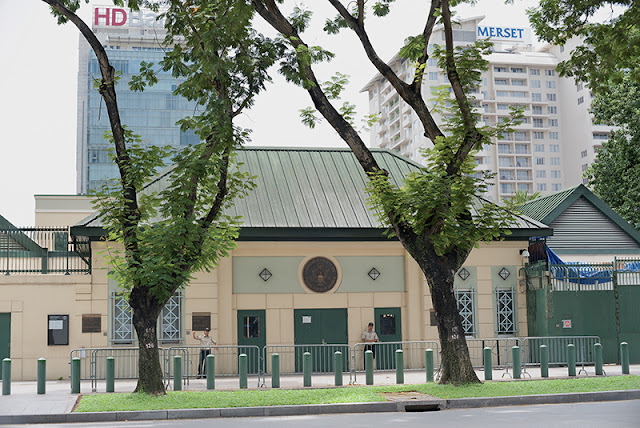A USCIS Form I-864 Affidavit of Support is required for many immigrant visa categories in order to show that the sponsoring petitioner (“Sponsor”) and/or immigrant has adequate means of financial support.
The I-864 is a contract between the Sponsor and the U.S. Government. By providing financial documentation showing that they have enough income or assets and in order to financially provide for the intending immigrant(s).
The following immigrants are required to submit a Form I-864 completed by the Sponsor in order to qualify for an immigrant visa at a U.S. Embassy or Consulate abroad:
- All immediate relatives of U.S. citizens (spouses, parents, children under the age of 21);
- All family-based preference immigrants (unmarried sons and daughters of U.S. citizens 21 years and above, spouses and unmarried sons and daughters of lawful permanent residents, married sons and daughters of U.S. citizens, brothers and sisters of U.S. citizens);
- Certain employment-based preference immigrants.
For more information or questions on filing an I-864 Affidavit of Support, contact us today and speak with one of our experienced U.S. immigration attorneys.
ENTERLINE & PARTNERS CONSULTING
Ad: 3F, IBC building, 1A Cong Truong Me Linh Str, District 1, HCMC.
Tel: 0933 301 488
Email: info@enterlinepartners.com
Facebook: https://www.facebook.com/enterlineandpartnersconsulting/
Website: http://enterlinepartners.com









